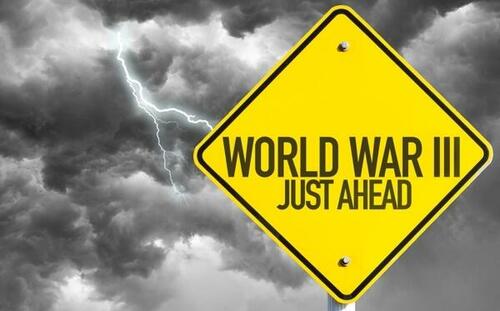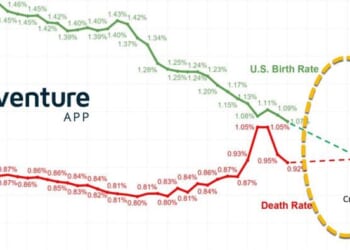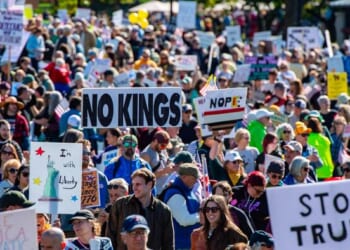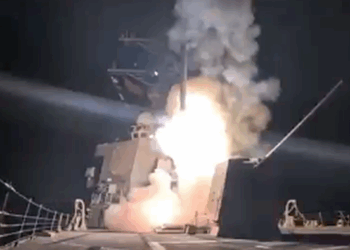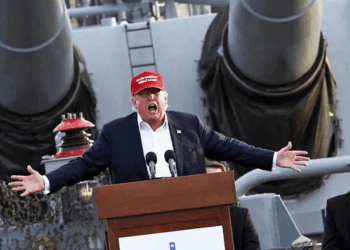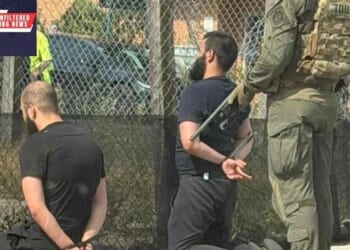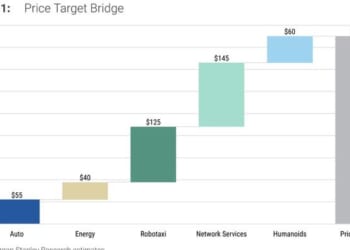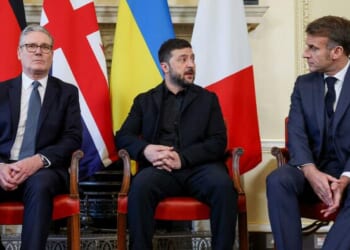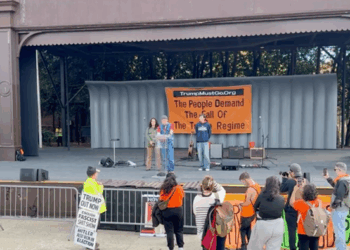Authored by Chris Macintosh via InternationalMan.com,
World War III is already underway, but most people don’t recognize it because they’re conditioned to expect war to look like traditional physical violence with bombs, guns, and battlefield confrontations.
This bias stems from centuries of warfare taking a particular form, similar to how people once couldn’t conceive of light without fire until electricity was invented.
Redefining War
At its core, war is conflict where parties use tools to increase their power and achieve outcomes that oppose others’ interests.
Think strategically about modern warfare: what would be the most effective weapons and tactics today? The answer is that physical violence — while still available as a tool — is no longer the smartest or most effective approach.
Modern Warfare Arsenal
Today’s war employs sophisticated, often invisible weapons including. Here is a list to consider. Think about experiences you’ve been having and consider where these have been used against you.
-
Information warfare: Cyber attacks, disinformation campaigns, flooding people with conflicting information to create confusion and cognitive dissonance.
-
Economic weapons: Sanctions, cryptocurrency manipulation, making populations dependent on controlled resources.
-
Political subversion: Election interference, undermining government legitimacy, bribing officials and influencers.
-
Psychological operations: Creating crises then positioning as the savior, exploiting social media platforms that control public discourse.
-
Biological and resource warfare: Famine, deprivation disguised as natural events.
-
Social manipulation: Fueling ideological divides, inflaming nationalism, targeting masculinity to prevent resistance.
Why Silent War?
Modern warfare operates covertly because war’s reputation is “ruined.” People no longer see it as noble or necessary. Public support has evaporated, in large part because politicians are now seen largely as lying scoundrels.
This is making it strategically better to gaslight populations, deny war is happening, and paint a picture that “everything’s okay.” Furthermore, leaders no longer need masses of men for physical combat, so there’s no benefit to declaring war openly.
Current War Symptoms
People are experiencing classic wartime symptoms without understanding the cause:
-
Loss of hope and inability to plan for the future
-
Widespread dread, numbness, and sense of unreality
-
Increased nationalism and “us vs. them” thinking
-
Fear of government and authority figures
-
Financial stress from inflation
-
Young people avoiding starting families
-
Supply chain disruptions and stockpiling behavior
-
Feeling like danger is everywhere
-
Limiting news consumption due to overwhelming negativity
-
Escalating protests and militarized police
-
People fleeing their countries or considering it
-
Fear of speaking out or losing rights
-
Rapid, “temporary” legal changes justified by public safety
-
Daily exposure to propaganda and radical content
-
Using basic needs (food, energy, money) as weapons
-
Fear that personal identity could make one an “enemy of the state”
Interconnected Global Conflict
What appear to be isolated regional conflicts are actually interconnected proxy wars within a larger global struggle. This breaks down boundaries between local and global conflict – a hallmark of world wars. Nations and alliances are being drawn into broader struggles for dominance and survival.
People must navigate constantly shifting geopolitical relationships, never knowing which countries or leaders are allies or enemies. This creates exhaustion, overwhelm, and a sense that nothing is safe or trustworthy.
Individual Experiences Vary
Wartime experiences differ dramatically based on location, identity, and circumstances.
This has been the case in previous world wars. It is what we are experiencing now.
The Reality Check
The key insight is that people are experiencing genuine wartime symptoms and stress, but because no formal war has been declared and it doesn’t look like traditional warfare, they fail to understand why they feel this way.
This leads to self-blame and thinking something is wrong with them personally.
Conclusion
Recognizing this “silent war” is crucial for understanding current global confusion and personal distress. Modern warfare is more sophisticated and potentially more abusive than traditional physical violence. The confusion and decision paralysis people feel is a normal response to an abnormal situation — a world war being fought with psychological, economic, and information weapons rather than conventional military force.
Realise that your feelings and experiences make perfect sense within this context, and it is, I believe, important to remove the self-blame that comes from not understanding why the world feels so chaotic and threatening.
Physical violence may still occur, but only as one tool among many in this new form of warfare that prioritizes psychological manipulation and systemic control over traditional battlefield tactics.
* * *
If you recognize the signs of this silent war and want to better understand the economic, political, and cultural forces shaping our future, we invite you to go deeper. We’ve prepared a free PDF report, Clash of the Systems: Thoughts on Investing at a Unique Point in Time, which unpacks the risks ahead and what they could mean for your money and personal freedom. Inside, contrarian money manager Chris MacIntosh shares insights on how to navigate these shifting dynamics and position yourself to stay one step ahead. You can access your free copy by clicking here.
Loading recommendations…


